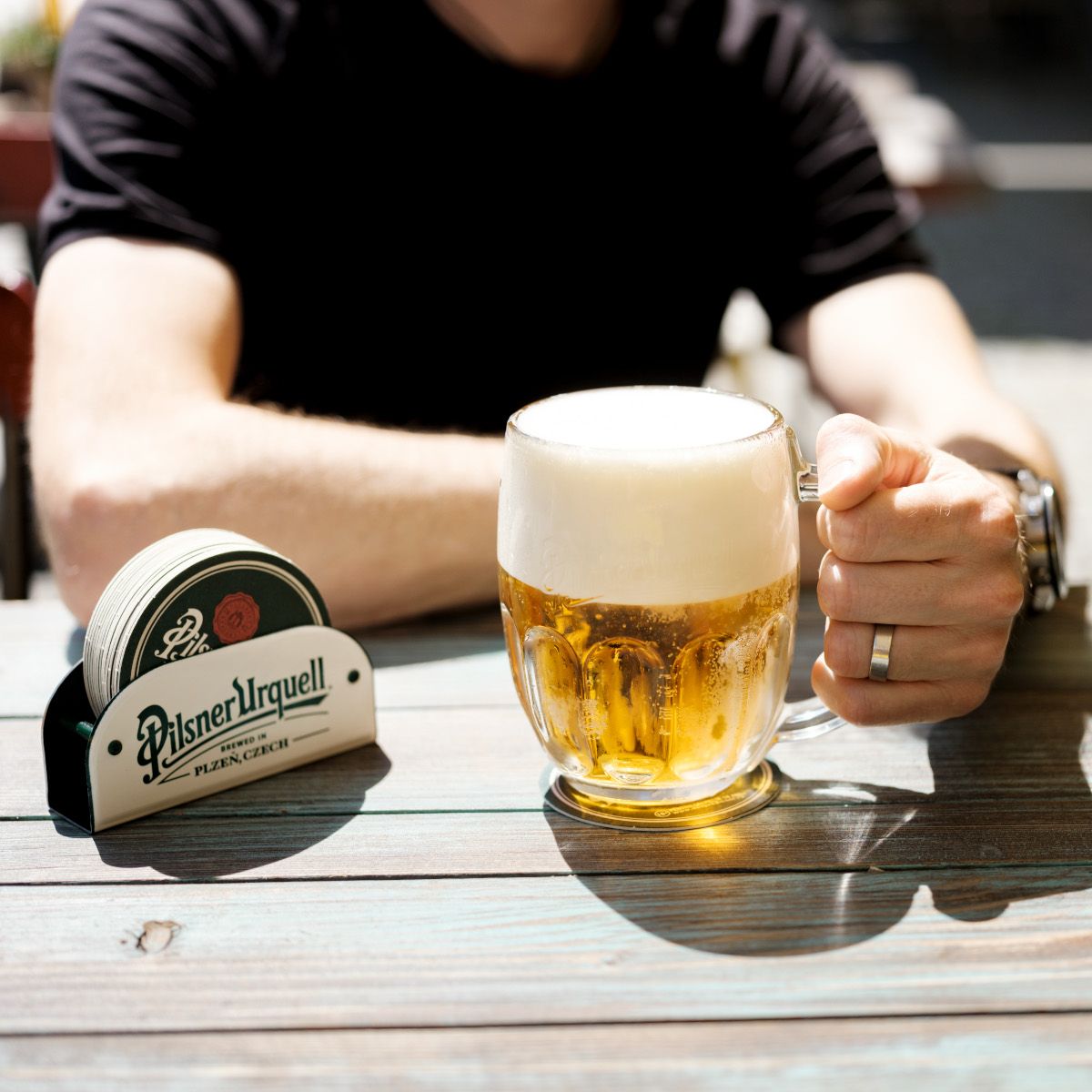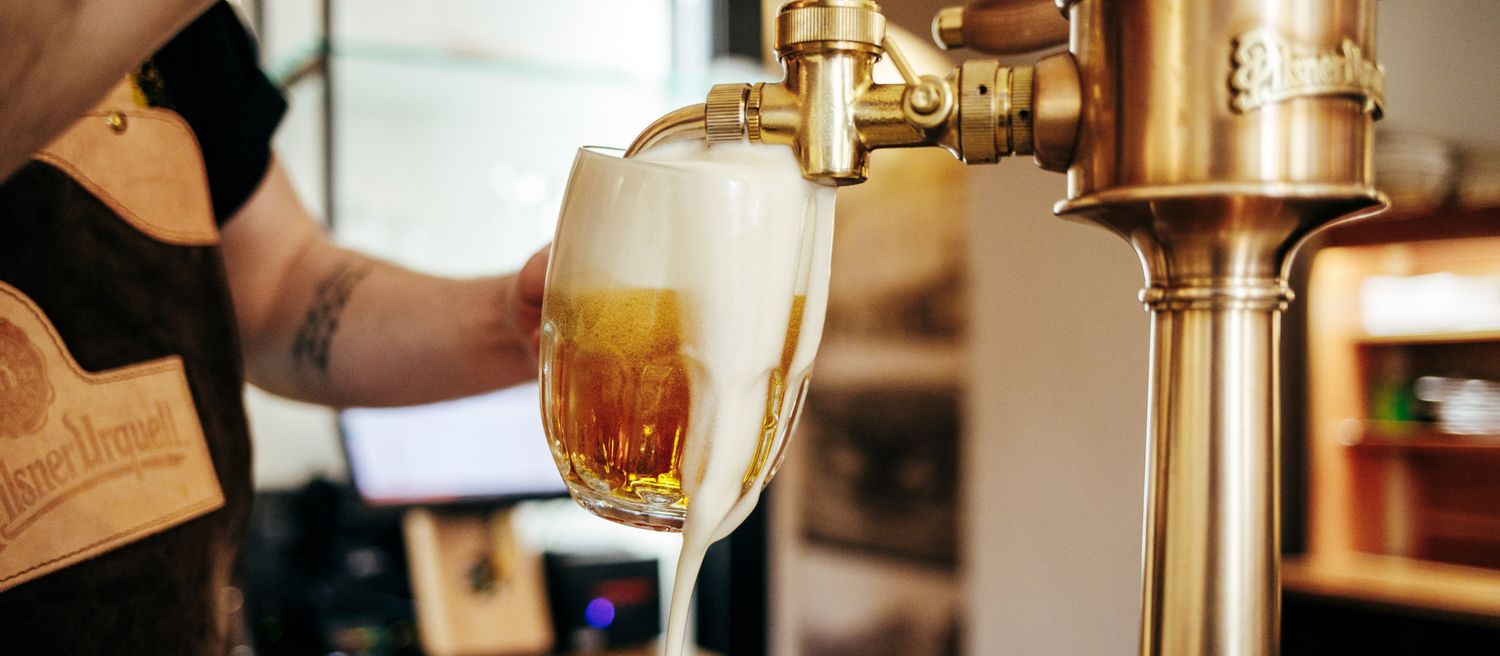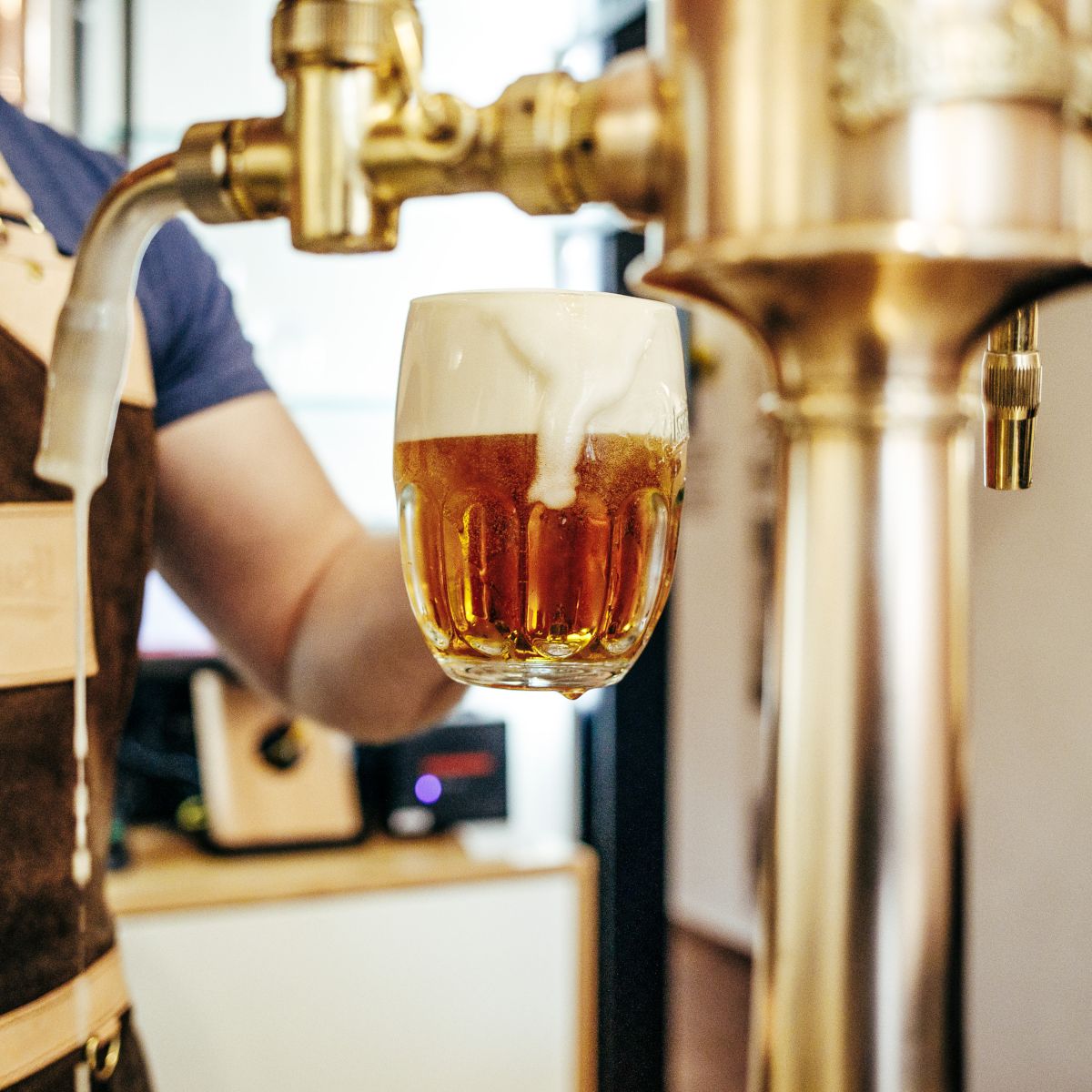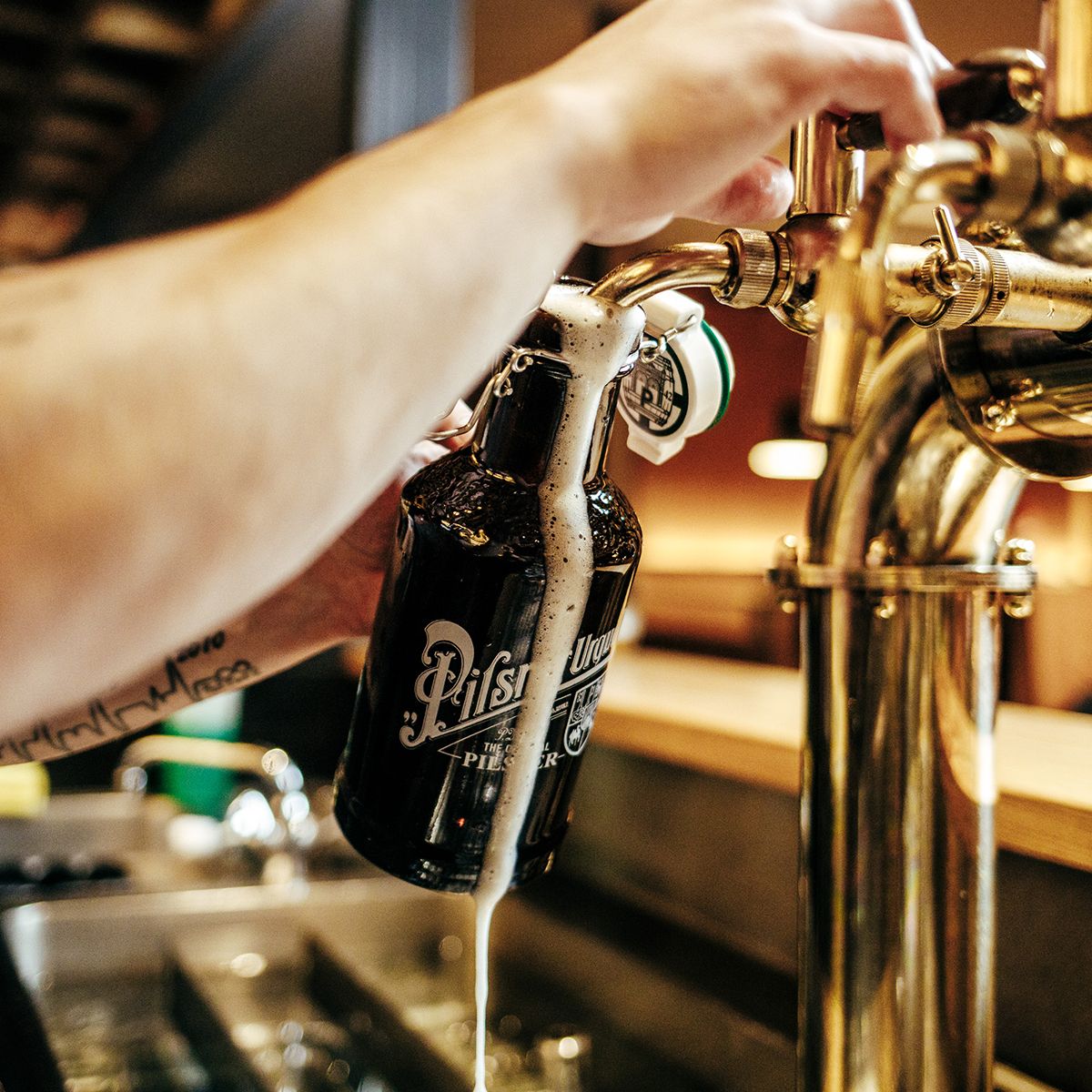
Some love it, some hate it. Sometimes it’s there, sometimes it’s not. It’s not really an ingredient, but it’s an essential part of beer. What is it? Foam. So where does it come from and what does it do?
Beer foam is obviously related to CO2, but there’s much more to this story.
How Foam Forms
A particular protein in malt – Lipid Transfer Protein 1 (LTP1) – is like a foam protector. When beer is poured, CO2 bubbles rise, along with hydrophobic LTP1. When the CO2 bubbles reach the surface, LTP1 forms a coating that helps preserve them. At this point, bitter iso-alpha acids from the hops connect with LTP1 and make the foam more stable, so it clings to the side of the glass.
It’s a simple equation: the more malt the Brewmaster adds, the more malt proteins are present. And the more malt proteins in the beer, the foamier it is. But the temperature and alcohol content of the beer, as well as the condition of the glass, also affect the thickness of the foam. That’s why it’s so important to start with a clean, cold, wet glass.
Wet and Dry Foam
There’s a difference between wet foam, which is part of the beer, and dry foam, which consists of CO2 bubbles pumped in at the keg. The foam you see on Pilsner Urquell comes from the brewing process, not the keg. It’s a creamy, flavourful part of our beer and a necessity for the Pilsner Urquell experience.
A perfect Pilsner Urquell pour always includes a thick head of dense, wet foam. The foam protects the lager from oxidation, sealing in freshness and flavour. So next time you’re enjoying the world’s first golden lager, look for laces of white foam on the glass with each sip. That’s a sure sign the Tapster knows what they are doing.


